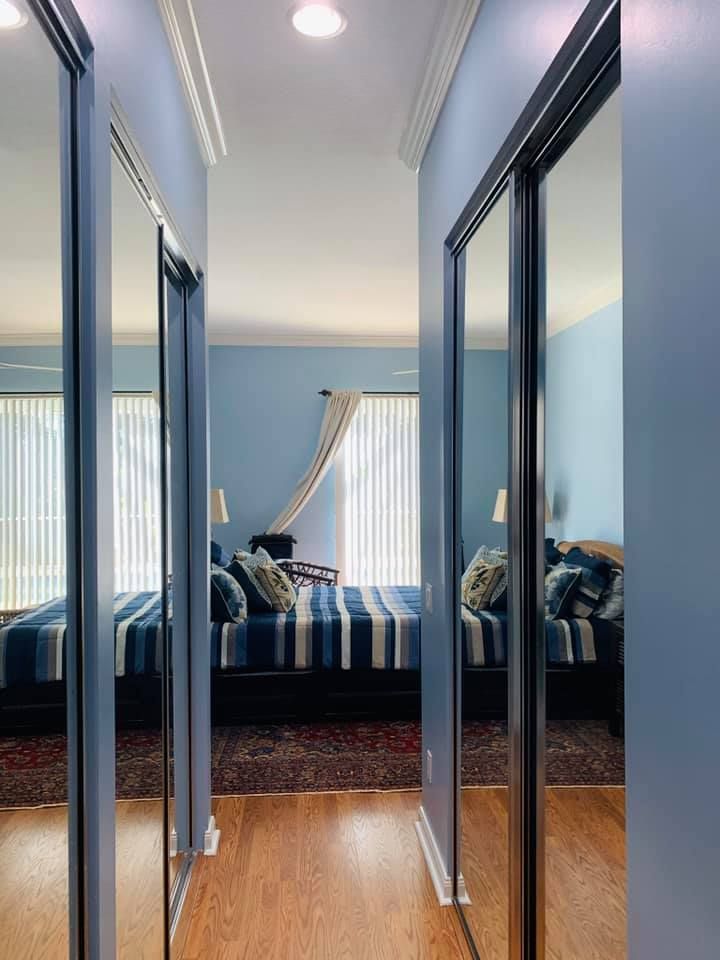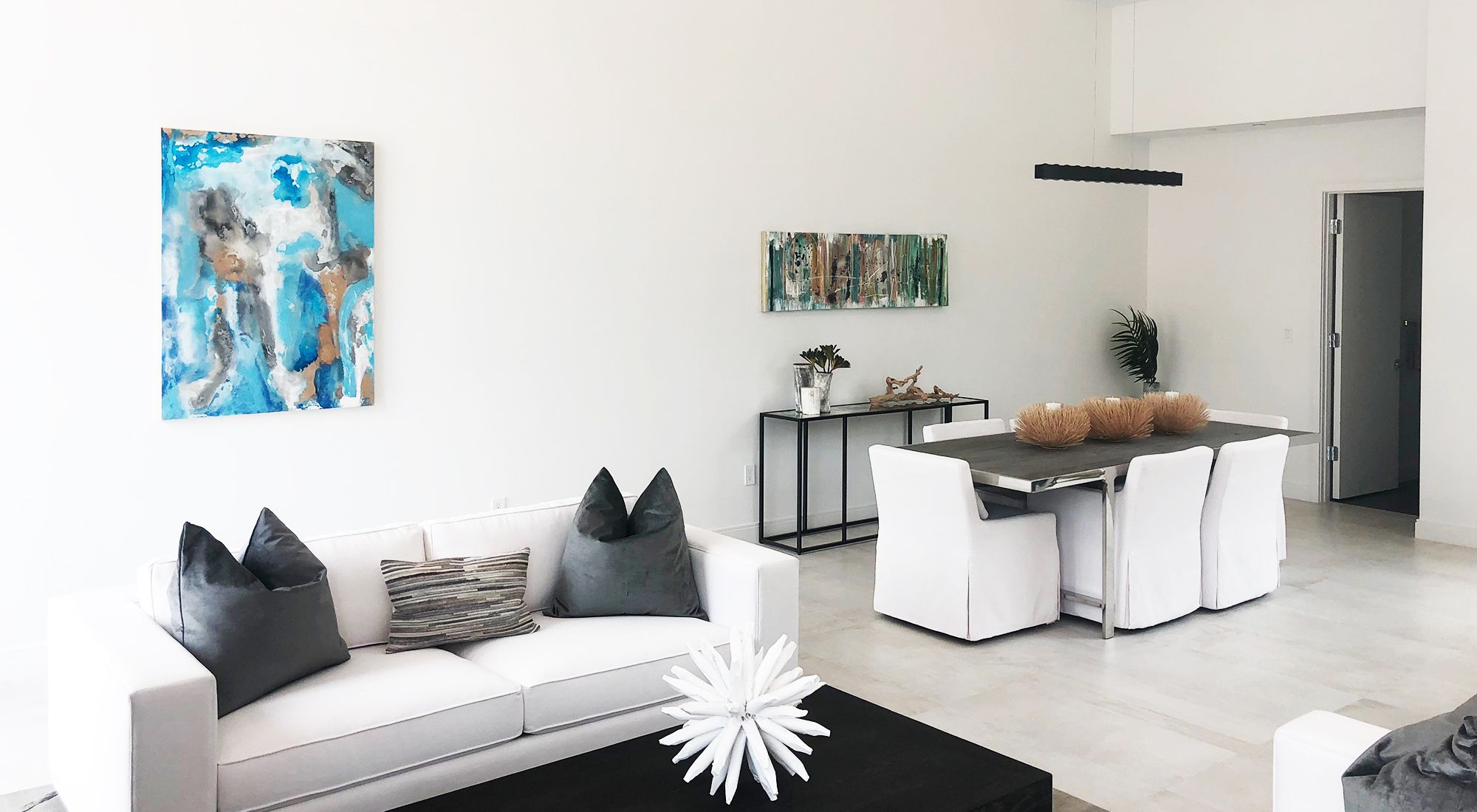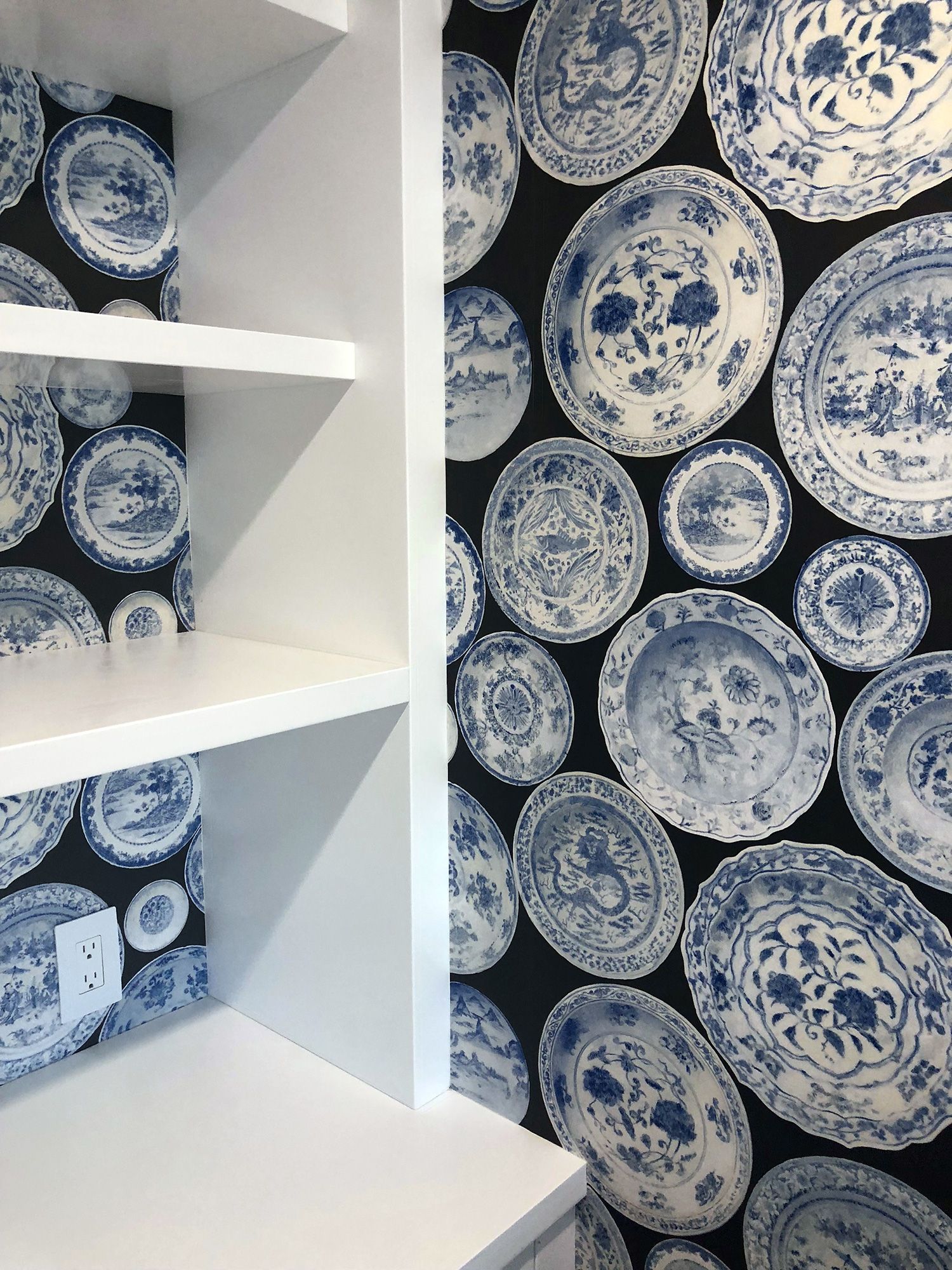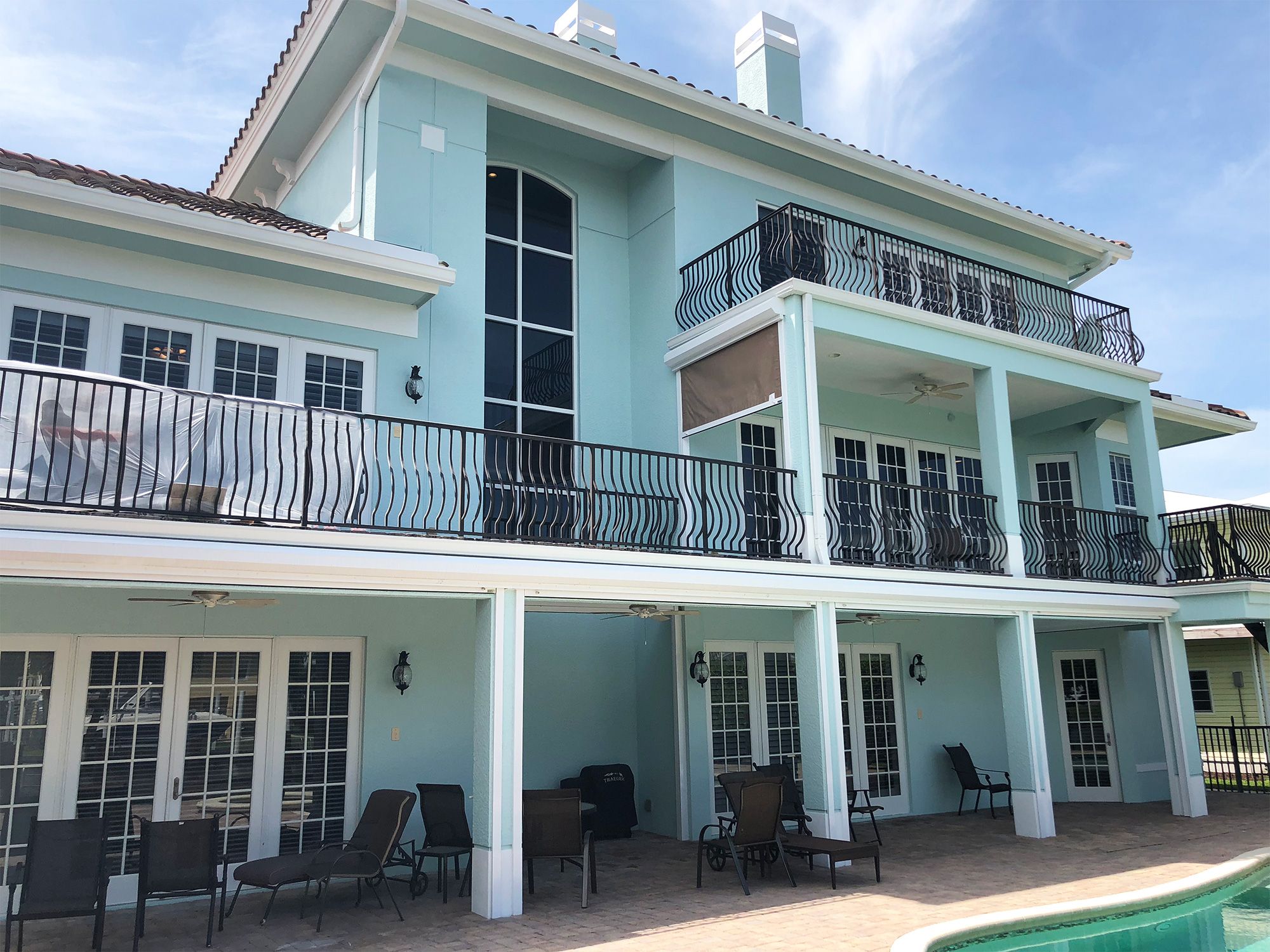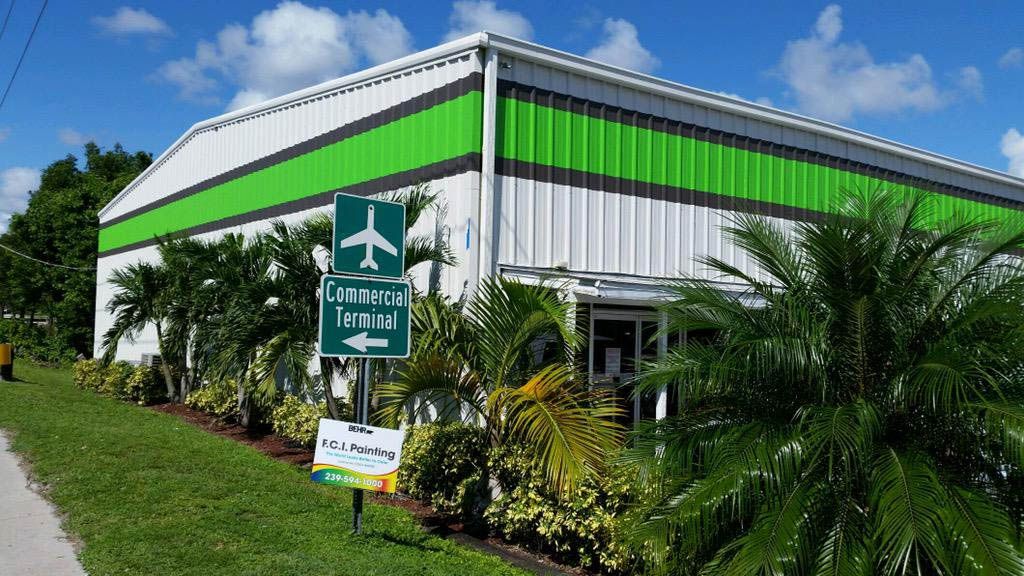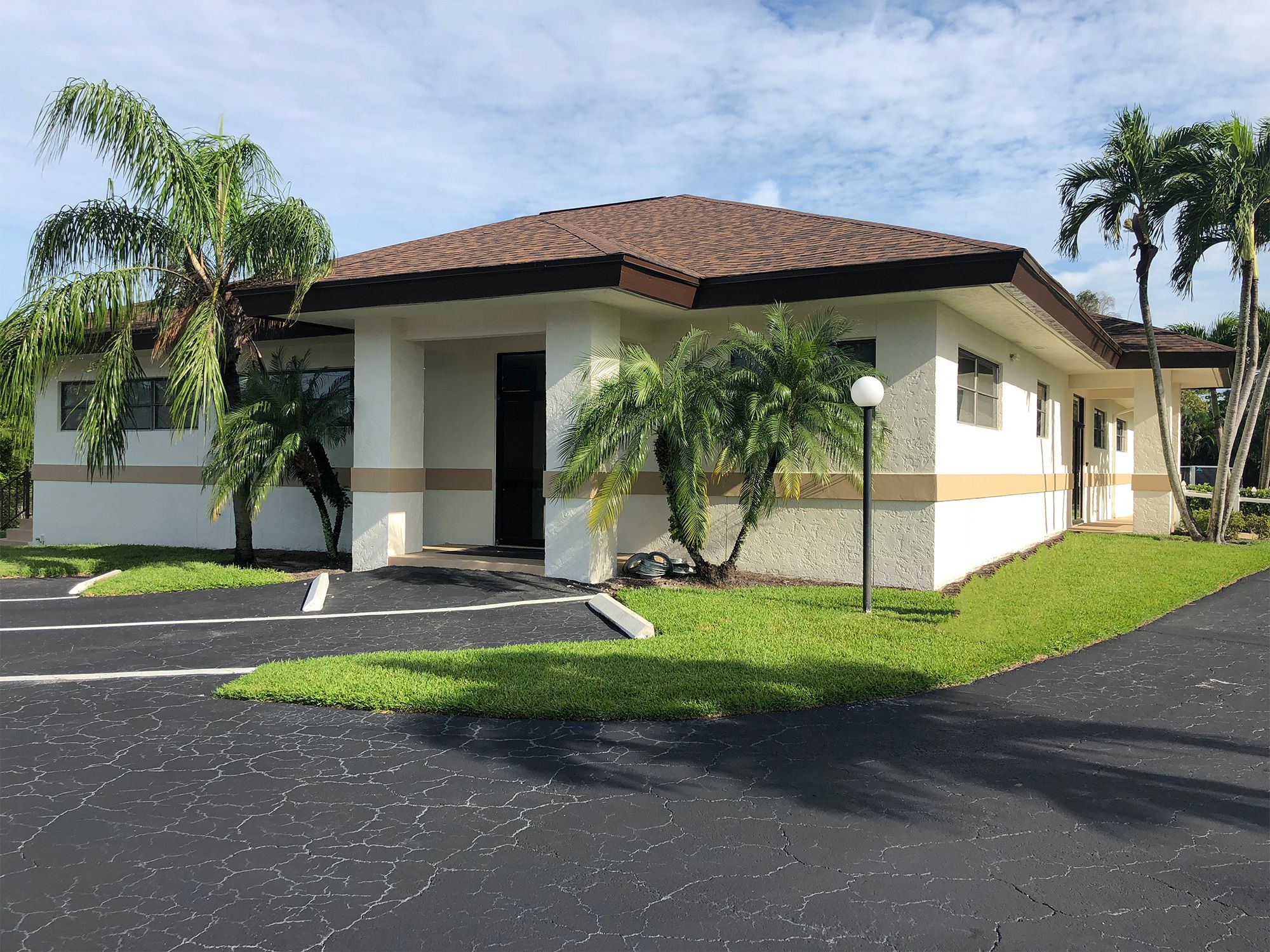
What to Consider When Opting for Wood Stain Over Paint
If you are like most people faced with a new painting-related job, you might struggle with figuring out whether to coat a wooden surface with paint or stain. Once you opt for stain on a wooden surface painting project, a new struggle begins as there are numerous stain options that you will need to consider. Not only are there a variety of different stain types to choose from, but how they work and look on the wood surface should play a role in your decision making.
Consider the Wood Surface First
Before doing anything with a wood surface you should consider its intrinsic beauty first, and then evaluate how you want the stain to affect it. With this in mind, ask yourself the following questions:
- Do you want the natural beauty of the wood to stand out, or is the color you’re seeking more important?
- Do you want the wood grain to pre-dominate or provide a subtle sense of texture underneath the color?
- How does the wood look under different lighting conditions?
- Are you seeking a lighter or darker finish?
- What type of wood? Hardwood, softwood, heavy, light, porous, smooth or rough, will all make a difference in how the wood’s surface ultimately looks after staining.
Levels of Transparency
Depending upon your answers to the above questions you can now turn to transparency. Also known as opacity, determine how much of the wood grain you want to expose through the stain. Wood stains come in five different opacities—clear, transparent, semi-transparent, semi-solid, solid—with each successively obscuring the look of the wood underneath. If you just want to protect that beautiful wood and let its natural beauty shine through the coating, then you will likely want a clear or transparent stain. Semi-transparent stains allow you to change the hue, while semi-solids and solids provide even more color variation, if desired, with the latter providing a paint-like, non-transparent finish.
Now Pick the Type of Stain
With your considerations of wood and transparency addressed, now you have to figure out which type of stain will best serve your needs. Oil-based stains are the most widely used for the more transparent coverages, and perfect for traditional wood colors. While oil-based stains penetrate deeply, they are slow to dry and more difficult to clean up.
Water-based stains provide similar levels of transparency, but their thicker consistency provides a much wider range and intensity of color choices. They also work better on some woods that are resistant to oil-based stains, such as maple and pine. While clean-up is relatively easy, exterior use of water-based stains needs to be followed up with application of a sealant.
Varnish type stains are the most similar to paint, and typically used for the least transparent jobs. Varnish stains dry quickly and hard, and thus are much more prone to exposing brush marks.
Other less-common stain types include gel, lacquer, water-soluble dye, and metalized dye, but these are most commonly used for specialty projects and furniture finishing.
Do a Test Run Before Starting
Once you have all of these factors in mind, try to do a little experimenting on the wood you are planning to stain. Either test your stain options on a scrap piece of related wood, or find an inconspicuous spot to test the stain. Make sure you can check the test run in different lights, and know that additional coats can influence the final outcome.
Or Turn to FCI Painting for your Staining Needs
If all of this decision-making over how to tackle your staining project seems overwhelming, consider consulting with Naples, Florida-based FCI Painting. While painting projects represent the bulk of our work for southwest Florida businesses and residents, we also have considerable expertise with staining projects. To learn more about how FCI Painting can help you with your staining or painting project, contact us online or give us a call at (239) 435-1001.

